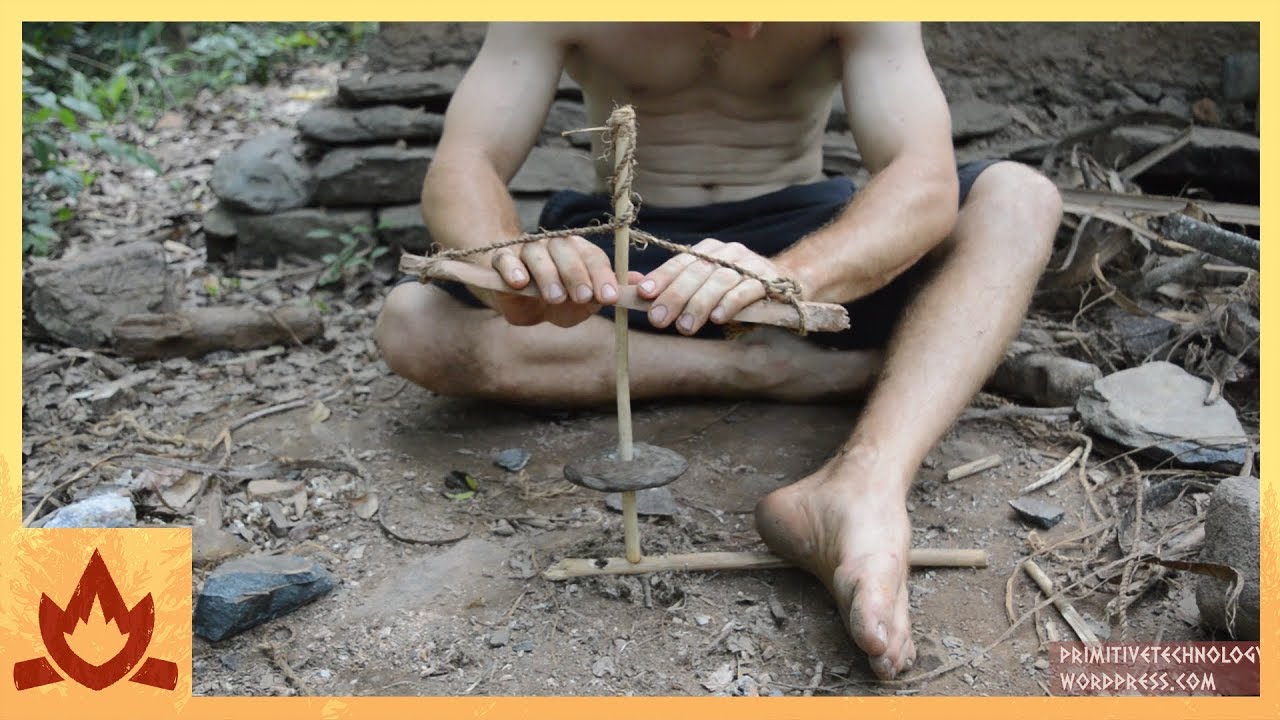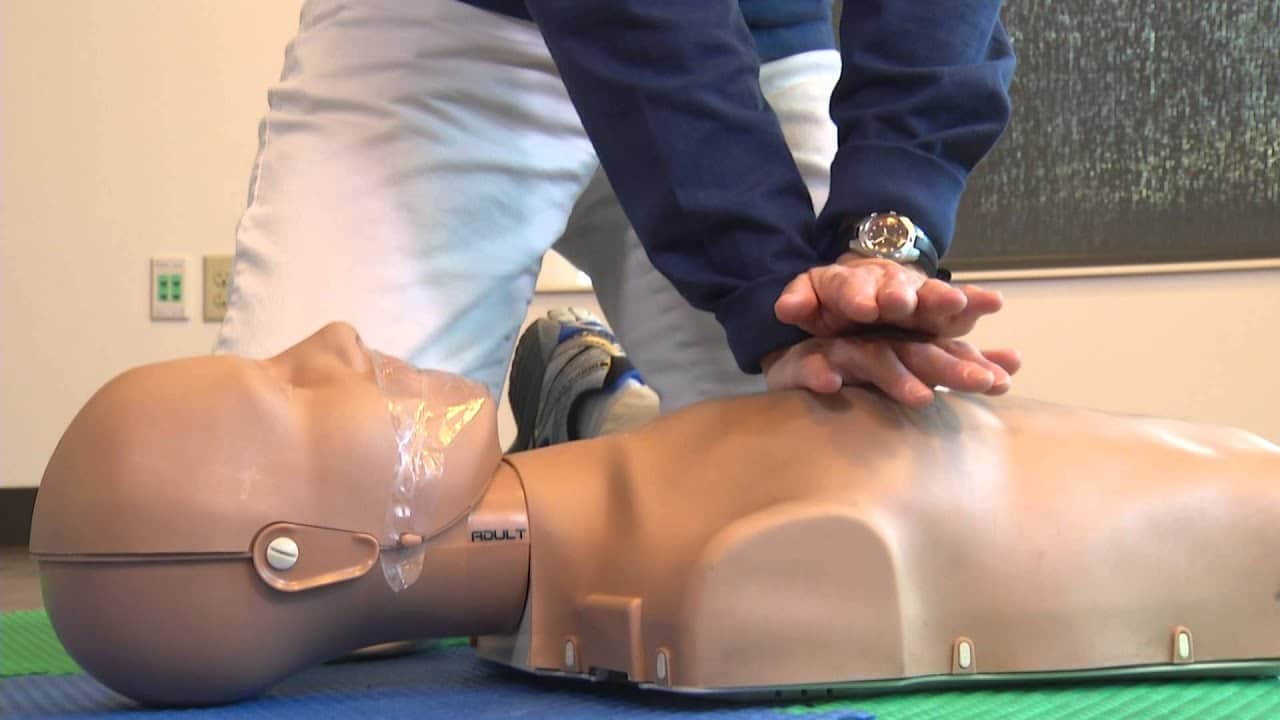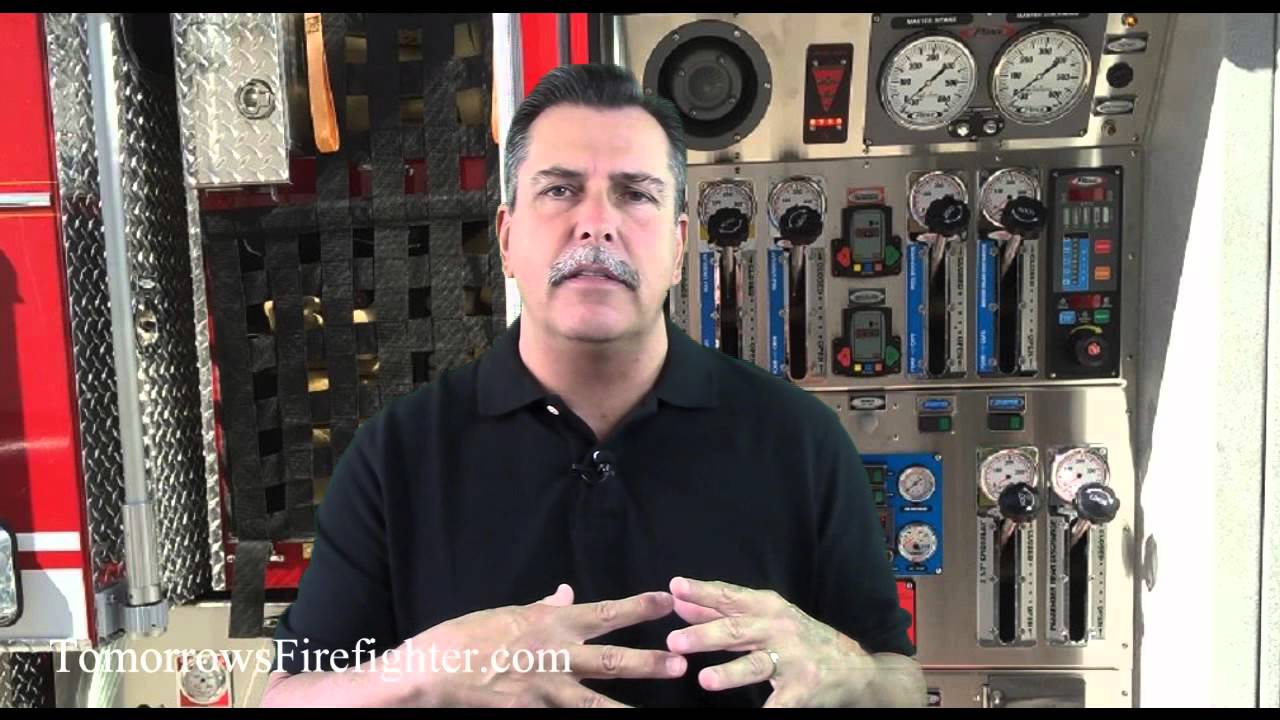Discover Fire Making Tips & Tricks:
Making fire is a fundamental survival skill that has been practiced by humans for thousands of years. Here’s a basic guide on how to make fire using various methods:
1. Friction Method:
Bow Drill: Construct a bow using a curved stick and a length of cord. Create a spindle by sharpening one end of a straight stick. Place a flat piece of wood (the fireboard) on the ground and carve a small notch near the edge. Loop the cord around the spindle and wrap it around the bow. Place the spindle in the notch on the fireboard, apply downward pressure, and rapidly move the bow back and forth to rotate the spindle. The friction generated will create heat, eventually igniting the tinder.
Hand Drill: Similar to the bow drill, but instead of using a bow, rotate the spindle between your palms. Apply downward pressure and rapidly rotate the spindle against the fireboard to generate friction.
2. Flint and Steel Method:
- Gather a piece of flint or other hard rock and a piece of high-carbon steel, such as a knife blade or a striker specifically designed for fire starting.
- Hold the flint firmly in one hand and strike the steel against it at a sharp angle, directing the sparks onto a piece of char cloth or tinder fungus held in your other hand.
- The impact of the steel against the flint will create sparks, which can be directed onto the tinder to ignite it.
3. Solar Method:
- On a sunny day, focus sunlight through a convex lens, such as a magnifying glass or the lens of a camera, onto a piece of tinder.
- Adjust the angle and distance of the lens until the concentrated sunlight forms a small, intense spot on the tinder, eventually causing it to smolder and ignite.
4. Chemical Reaction Method:
- Combine two or more chemicals that react exothermically to produce heat and ignite tinder. Common chemical fire starters include potassium permanganate and glycerin, or a mixture of potassium chlorate and sugar.
- Exercise caution when handling chemicals and follow safety instructions carefully to avoid accidents.
5. Electrical Method:
- Use a battery and steel wool to create a short circuit, generating heat and igniting the steel wool. This method is particularly effective in dry conditions and can be a quick way to start a fire in an emergency.
Regardless of the method you choose, always exercise caution and follow safety guidelines when making fire, especially in wilderness or outdoor settings. Ensure you have proper tinder, kindling, and firewood ready before attempting to ignite a fire, and always have a means of extinguishing the fire readily available. Practice your fire-making skills regularly to maintain proficiency and confidence in various conditions.






